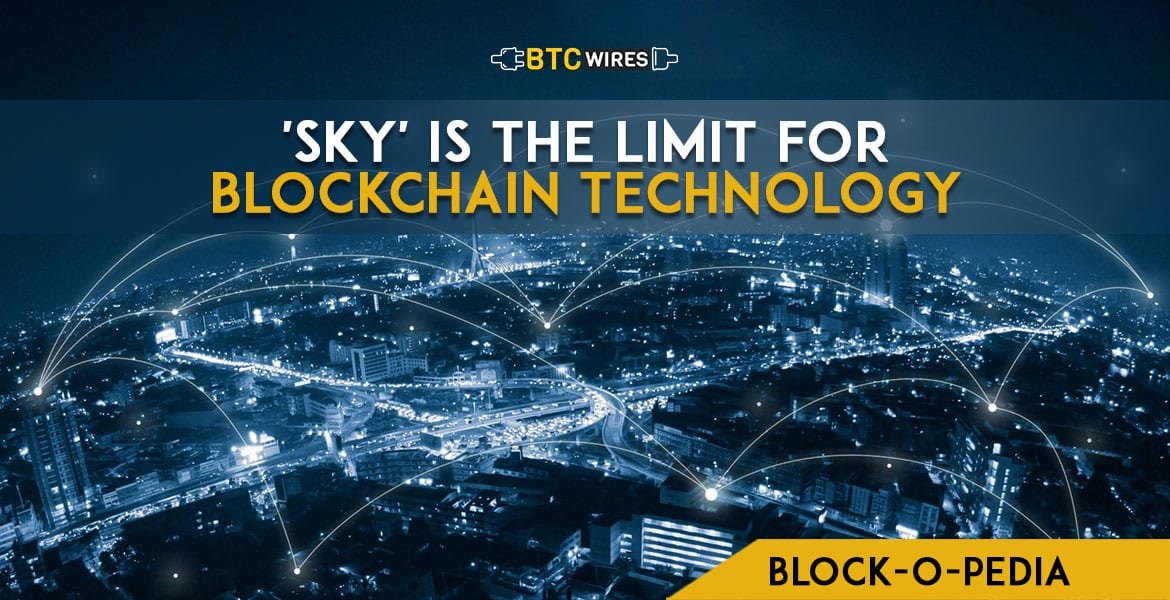BTC Wires: “We’re heading for Venus And still we stand

“We’re heading for Venus
And still we stand tall
‘Cause maybe they’ve seen us
And welcome us all”
–Europe
(Final Countdown)
The biggest revolution in modern-day technology is making space in space. Yes, we’re indeed talking about Blockchain technology.
Space and its myriad mysteries have always caught the attention of mankind, ever since the time of Nicolaus Copernicus in the pre-historic era, to modern-day NASA with its most recent leaps of space tech researches. Such researches have always been acknowledged by government bodies that have, consequently, been funded by them to ascend to greater heights. This has given much encouragement to startups like SpaceX that are breaking boundaries and diminishing limits. However, technology is often seen as infinity, since it always finds a successive technology to replace it.
Furthering towards that infinity, space tech has found new avenues with the help of blockchain. It is important to note that authorities in the domain like NASA and European Space Agency have already begun finding ways to implement blockchain technology to their ongoing and upcoming missions. Some of these findings suggest that blockchain technology could prove to be extremely helpful with on ground researches, as well as in space. Actually, NASA’s first step towards blockchain tech was taken in 2017, when NASA was chartered a $330,000 grant to explore blockchain-based spacecraft system. This system requires very little or no human involvement, and relies almost completely on blockchain, and has been named Resilient Networking and Computing Paradigm(RNCP).
Dr. Jin Wei Kocsis elucidates in her research that RNCP intends to test Ethereum-based blockchain smart-contracts and how they can contribute in the “development of a secure computing system” for hardcore space conditions. She further adds:
“In this project, the Ethereum blockchain technology will be exploited to develop a decentralized, secure, and cognitive networking and computing infrastructure for deep space exploration. The blockchain consensus protocols will be further explored to improve the resilience of the infrastructure[…] I hope to develop technology that can recognize environmental threats and avoid them, as well as complete a number of tasks automatically.”
The ESA is not far behind from its U.S. counterpart(NASA), however their research and blockchain application is, for now, restricted to streamlining internal administrative processes. A research paper released by the ESA in September 2017 points out both negative and positive aspects of blockchain application. Like NASA, the ESA too is focusing on the application of smart contracts. The project is better known as Space 4.0, and can be summarised as “a situation in which there is the increased number of diverse space actors around the world.”
In another related paper that dates back to October 2017, authored by ESA’s Senior Corporate Development Coordinator, Gianluigi Baldesi, he mentioned:
“In the era of Space 4.0 — as in our own lives — we have to be adaptive to change and nurture a culture of pro-activeness and open-mindedness to both disruption and opportunity.”
